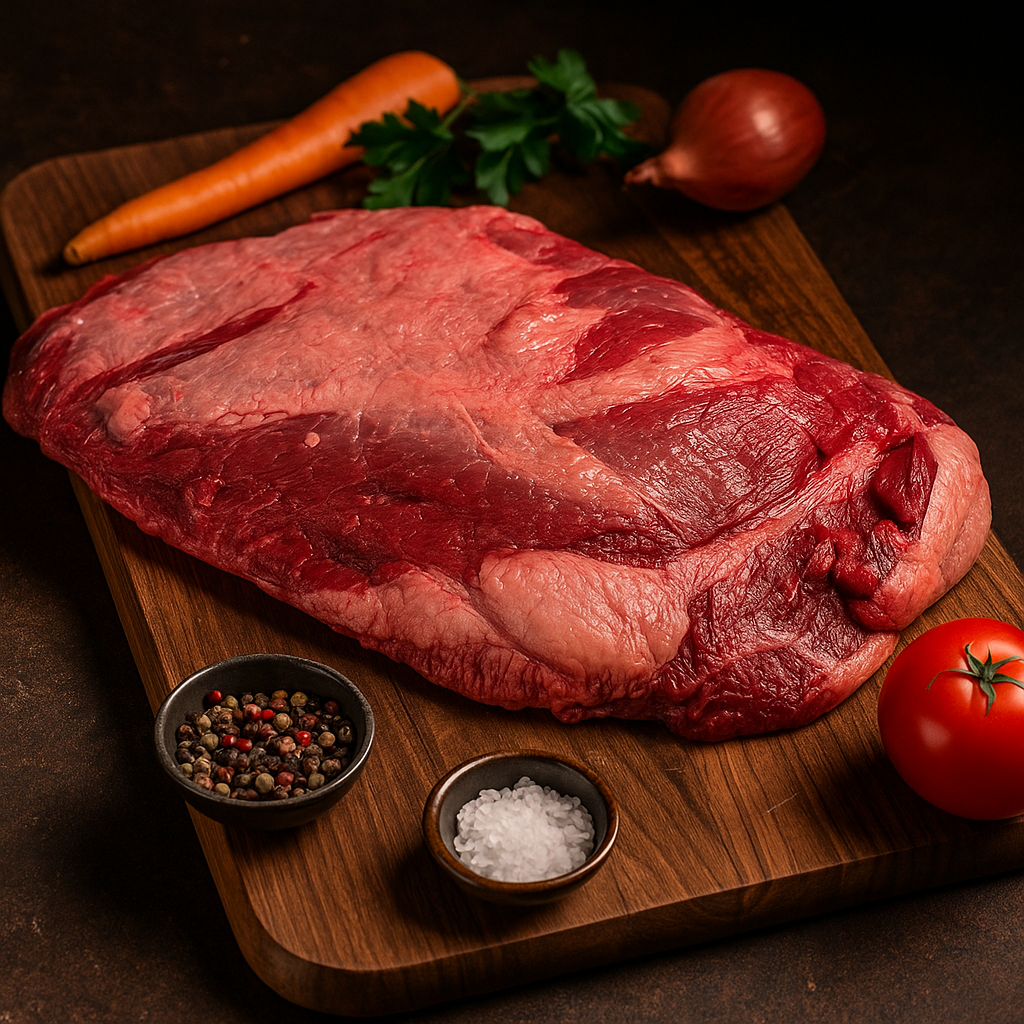
How to Keep Meat and Seafood Fresh in the Fridge
Share
Whether you’re stocking up on premium steaks or fresh seafood for the week, proper storage is key to preserving flavor, texture, and safety. Meat and seafood are highly perishable, and keeping them fresh in your fridge requires more than just tossing them onto a shelf. With the right practices, you can extend their freshness and reduce food waste.
1. Store at the Right Temperature
The golden rule: keep your fridge at 0–4°C (32–39°F). This is the safe zone that slows bacterial growth without freezing the meat. A fridge thermometer can help you ensure your temperature stays consistent, especially if your fridge is often opened and closed.
2. Use Proper Packaging
-
For Meat: Keep steaks, pork, and chicken in their original vacuum-sealed packaging if unopened. Once opened, transfer them to airtight containers or wrap tightly with cling film and place in a resealable bag to prevent air exposure.
-
For Seafood: Store fish and shellfish in airtight containers, ideally with a layer of crushed ice on top, and replace the ice daily. This mimics how seafood is kept fresh at the market.
3. Follow the “Lowest Shelf Rule”
Always store raw meat and seafood on the lowest shelf of your fridge. This prevents juices from dripping onto ready-to-eat food and causing cross-contamination.
4. Know the Shelf Life
Even in the fridge, meat and seafood don’t last forever. Here’s a quick guide:
-
Beef & Pork (raw cuts): 3–5 days
-
Ground Meat: 1–2 days
-
Poultry (raw): 1–2 days
-
Fresh Fish & Shellfish: 1–2 days
-
Cooked Meat & Seafood: 3–4 days
When in doubt, freeze to extend freshness.
5. Label and Rotate Stock
If you buy in bulk, portion your meat and seafood before refrigerating or freezing. Label each pack with the date of purchase so you can use older stock first (the “first in, first out” method).
6. Maintain Fridge Hygiene
A clean fridge keeps odors down and prevents contamination. Wipe spills immediately, sanitize shelves regularly, and keep raw proteins separated from fruits, vegetables, and dairy.
7. Consider Freezing for Longer Storage
If you don’t plan to cook your meat or seafood within a couple of days, freezing is the best way to lock in freshness. Vacuum-sealing or double-wrapping prevents freezer burn and preserves flavor.
Final Thoughts
Freshness is everything when it comes to meat and seafood. By storing at the right temperature, using proper packaging, and keeping a close eye on shelf life, you can enjoy your favorite cuts and seafood at their best quality while ensuring safety for your family.
